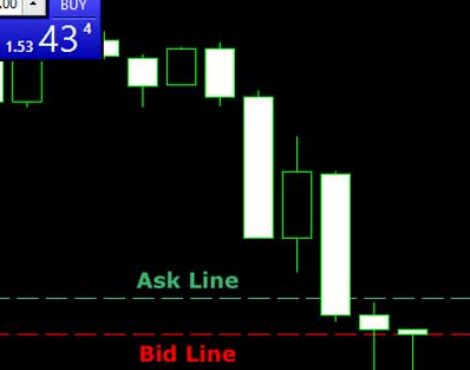In the world of trading, success hinges on careful planning and strategic decision-making. Without a well-defined trading plan, traders risk falling victim to impulsive and emotional trading, which often leads to losses. A solid trading plan is essential for navigating the complex and volatile markets with confidence and consistency. Here, we outline key steps and strategies to consider when building a robust trading plan.
Creating a Winning Trading Strategy

A trading strategy is the backbone of any trading plan, providing a roadmap for making profitable trades. Successful traders understand the importance of developing a strategy that aligns with their individual goals, risk tolerance, and preferred trading style. This involves identifying suitable timeframes, analyzing various indicators, and determining entry and exit points. By backtesting and refining their strategy, traders can increase the likelihood of making informed and profitable decisions.
Analyzing Market Trends and Patterns

To build a solid trading plan, it is crucial to analyze market trends and patterns. This involves studying historical data, chart patterns, and technical indicators to identify potential trading opportunities. By understanding the market’s behavior and identifying recurring patterns, traders can make more accurate predictions about future price movements. Incorporating fundamental analysis, such as news events and economic indicators, can also provide valuable insights into market trends.
Setting Clear Goals and Risk Management

A trading plan should include clear goals and risk management strategies. Setting realistic profit targets and acceptable levels of risk ensures traders maintain a balanced approach and avoid overexposure. Effective risk management techniques, such as setting stop-loss orders and proper position sizing, are essential for protecting capital and minimizing losses. Traders should also regularly assess and adjust their risk tolerance based on market conditions and personal circumstances.
Implementing Effective Entry and Exit Strategies

Entry and exit strategies play a vital role in executing successful trades. Traders should determine the criteria that trigger a trade, such as specific chart patterns or technical indicators. Additionally, establishing clear exit strategies, such as setting profit targets or trailing stops, allows traders to lock in gains and limit losses. It is crucial to stick to these predetermined strategies, rather than succumbing to impulsive decisions driven by market fluctuations or emotions.
Maintaining Discipline and Emotional Control

Maintaining discipline and emotional control is pivotal to trading success. Emotions can cloud judgment and lead to impulsive decisions, often resulting in poor trading outcomes. A solid trading plan should include strategies for managing emotions, such as taking regular breaks, practicing mindfulness, and refraining from revenge trading. By following the plan and focusing on long-term goals, traders can avoid unnecessary risks and make more rational decisions.
Evaluating and Adapting Your Trading Plan

Building a solid trading plan is an ongoing process that requires continuous evaluation and adaptation. Traders should review their plan regularly and make necessary adjustments based on changing market conditions or personal circumstances. This includes assessing the effectiveness of the trading strategy, analyzing past trades for improvement opportunities, and identifying any weaknesses in risk management. By staying adaptable and open to change, traders can enhance their plan and increase their chances of long-term success.
A solid trading plan is the foundation of success in the trading world. By creating a winning trading strategy, analyzing market trends and patterns, setting clear goals and managing risks, implementing effective entry and exit strategies, maintaining discipline, and regularly evaluating and adapting the plan, traders can navigate the markets with confidence and consistency. Remember, the key to success lies not only in building a trading plan but also in executing it with discipline and emotional control. With a well-structured plan in place, traders can increase their chances of achieving their trading goals and generating consistent profits.



